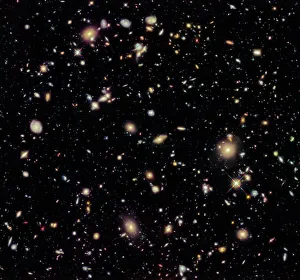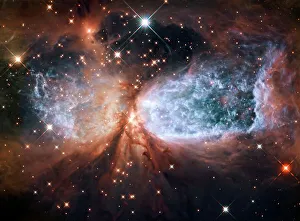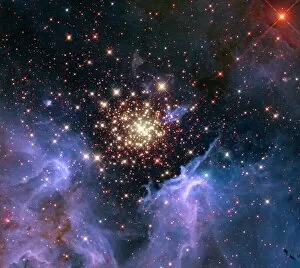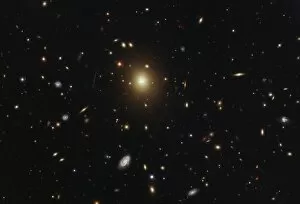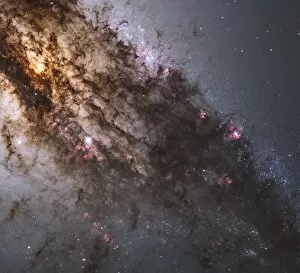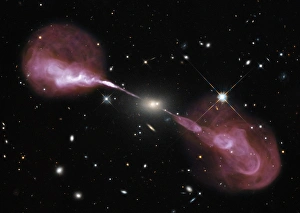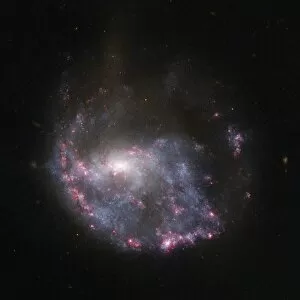Wide Field Camera 3 Collection
The Wide Field Camera 3 (WFC3) has revolutionized our understanding of the universe, capturing breathtaking images that unveil the secrets of deep space
All Professionally Made to Order for Quick Shipping
The Wide Field Camera 3 (WFC3) has revolutionized our understanding of the universe, capturing breathtaking images that unveil the secrets of deep space. In 2012, it unveiled the Hubble Ultra Deep Field, a mesmerizing image showcasing thousands of galaxies scattered across billions of light-years. With its incredible capabilities, WFC3 has captured stunning details within nebulae like Sh 2-106 and Carina Nebula. The HST image reveals intricate structures and vibrant colors, allowing us to witness the birthplaces of new stars. Open star cluster NGC 3603 is another celestial wonder imaged by WFC3. This captivating snapshot showcases a dense gathering of young stars surrounded by glowing gas clouds, providing insights into stellar formation processes. Venturing further into the cosmos, WFC3 captured galaxy cluster Abell 2261 in all its glory. This awe-inspiring image displays countless galaxies bound together by gravity on an unimaginable scale. Not limited to distant objects alone, WFC3 also observed closer phenomena such as Comet ISON in April 2013. Its composite images C015 /9817 and C015/9816 reveal this celestial visitor's majestic tail stretching across vast distances as it journeyed through our solar system. Returning to Carina Nebula once again with image C013/5586 highlights even more fascinating features within this cosmic cloud - regions where massive stars are sculpting their surroundings with intense radiation and powerful stellar winds. Moving beyond individual objects, WFC3 turned its gaze towards Centaurus A galaxy - unveiling its intricate dust lanes and revealing hints about supermassive black holes lurking at galactic centers. In a remarkable composite image called Hercules A galactic jets, we witness immense streams of particles propelled from a supermassive black hole at near-light speeds – offering valuable insights into how these colossal engines shape their host galaxies over time. Finally, Spiral galaxy NGC 922 showcases the intricate beauty of cosmic collisions.

